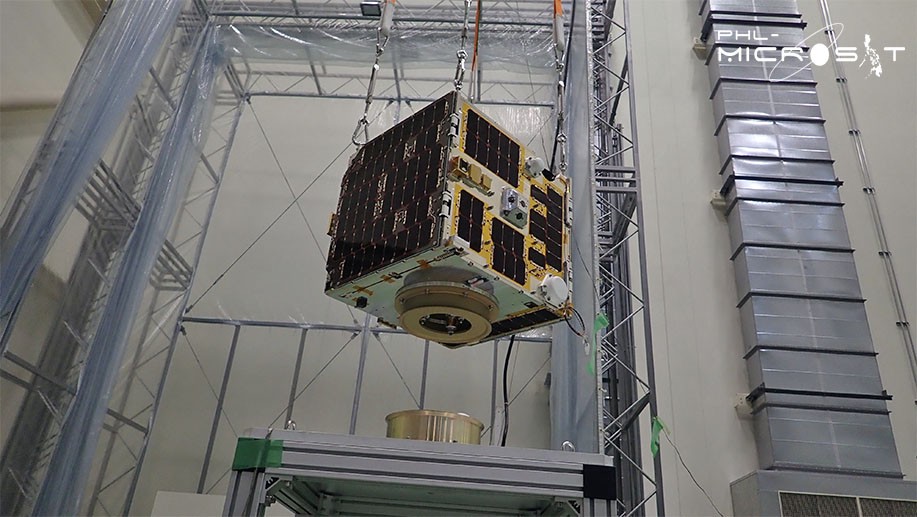
Diwata-2, the Philippines’ second microsatellite project, is scheduled to be launched to outer space in October 2018.
The PHL-Microsat report said the targeted date of launch is set on October 29, 2018 between 12:08 to 12:30 GMT+08 from the Tanegashima Space Center in Japan via H-IIA F40 rocket.
Like its predecessor Diwata-1 which was launched through the International Space Station to space orbit in 2016, Diwata-2 is an Earth-observing microsatellite capable of capturing images of the Earth for environmental assessment.
Diwata-1 has been hailed as capturing world-best high-resolution images of the earth’s geographical features.
PHL-Microsat noted the following features and improvements on Diwata-2:
1. Diwata-2 will orbit at a higher altitude (~620km) for an increased lifespan and a sun-synchronous orbit, which will enable fixed revisit intervals that would make repeated environmental monitoring of specific areas possible.
2. Like Diwata-1, it will also carry a Wide Field Camera (WFC), Middle Field Camera (MFC), High Precision Telescope (HPT) and Spaceborne Multispectral Imager (SMI) with Liquid Crystal Tunable Filter (LCTF) but with notable improvements in performance.
3. The major features that distinguish Diwata-2 from its predecessor include deployable solar panels for increased power generation output and an Enhanced Resolution Camera (ERC) which increases the resolution of images taken by SMI.
4. It will feature two locally-made experimental modules: an Amateur Radio Unit for emergency communications, and a Satellite Orientation Module for increased pointing accuracy and future satellite development initiatives.
Diwata-2 has undergone major iterations since planning began. These include a simulation model, a mechanical test model, an engineering model, and finally, the flight model. On August 29, 2018 the Diwata-2 Flight Model was completed and handed over to the Japan Aerospace Exploration Agency (JAXA) on the following day. It currently continues to make its final steps towards space.
Diwata-1 and Diwata-2 are the first Philippine-made microsatellites developed by Filipino scientists funded by the Department of Science and Technology (DOST), monitored by DOST-Philippine Council for Industry and Emerging Technology Research and Development (PCIEERD), and done through the collaboration between the University of the Philippines Diliman, the DOST-Advanced Science and Technology Institute (ASTI), Hokkaido University and Tohoku University.











